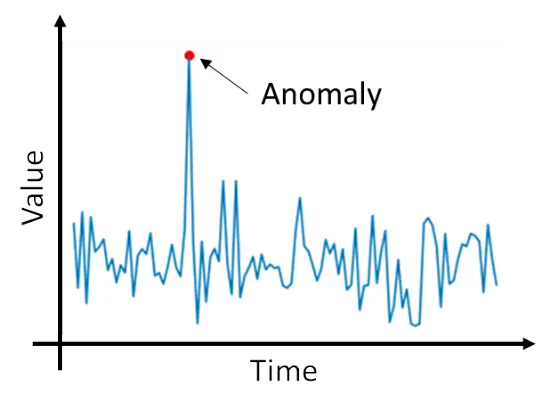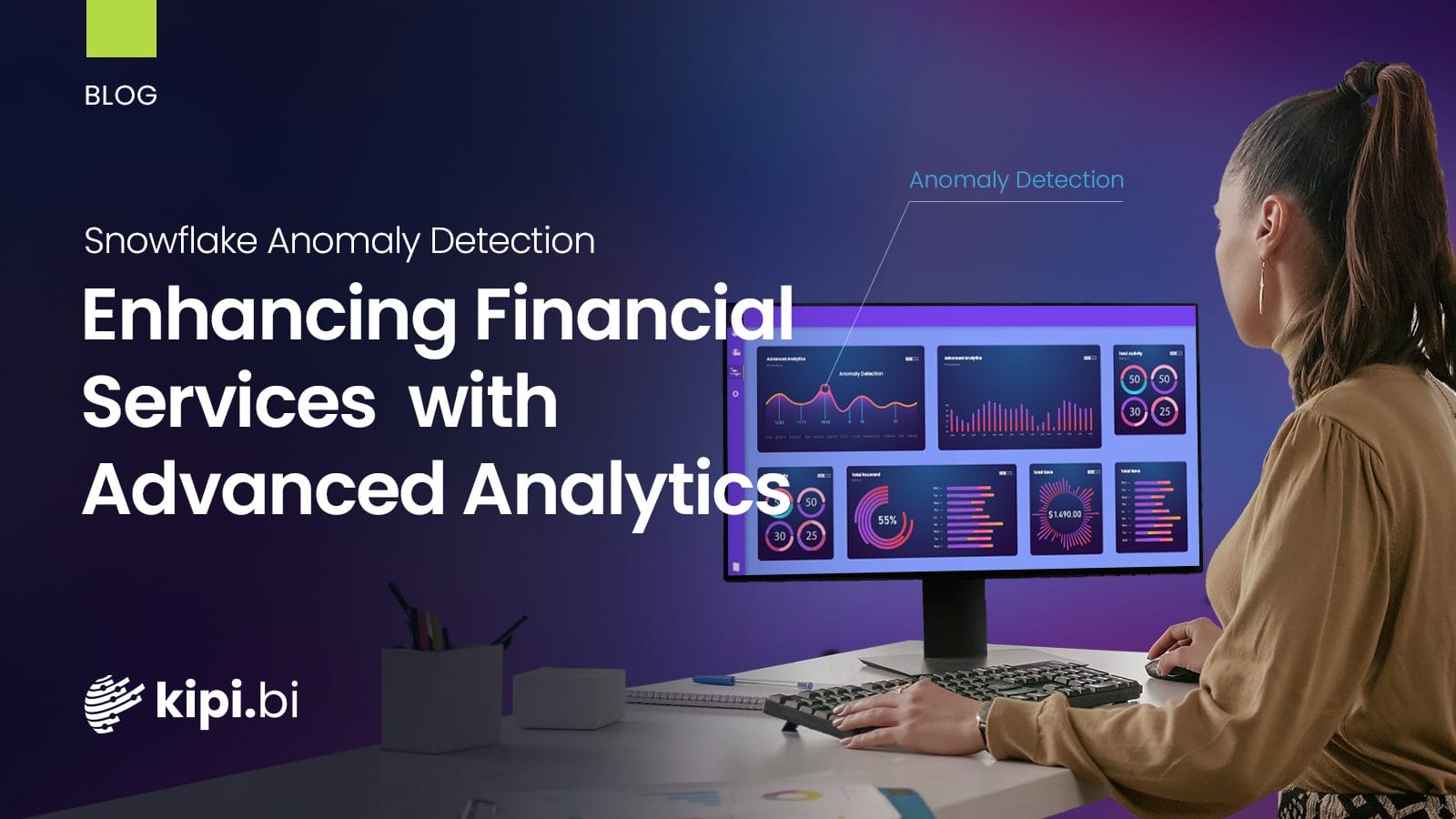Introduction
In the financial services industry, identifying anomalies is critical for maintaining security, compliance, and operational efficiency. Snowflake’s Anomaly Detection capabilities provide a robust solution for detecting unusual patterns and behaviors in vast datasets. This blog will delve into the key functionalities of Snowflake’s Anomaly Detection and explore its value through two specific use cases: anti-money laundering (AML) in banking transactions and detecting anomalies in market data.
Key Functionalities of Snowflake’s Anomaly Detection
Snowflake’s Anomaly Detection leverages advanced analytics and machine learning to identify outliers in data, which can indicate fraud, errors, or other significant events. Here are the key functionalities that make it an invaluable tool for financial services firms:
Automated Anomaly Detection & Real-Time Monitoring
Snowflake’s Anomaly Detection automatically scans datasets to identify unusual patterns and behaviors without the need for manual intervention.  This automation significantly reduces the time and effort required to monitor large volumes of data. The platform provides real-time anomaly detection, enabling financial institutions to promptly identify and respond to suspicious activities or irregularities. This real-time capability is crucial for mitigating risks and preventing potential losses.
This automation significantly reduces the time and effort required to monitor large volumes of data. The platform provides real-time anomaly detection, enabling financial institutions to promptly identify and respond to suspicious activities or irregularities. This real-time capability is crucial for mitigating risks and preventing potential losses.
Advanced Machine Learning Algorithms
Snowflake uses sophisticated machine learning algorithms to detect anomalies. These algorithms can learn from historical data, continuously improving their accuracy and reducing false positives over time.
Scalability and Performance
Built on Snowflake’s powerful data cloud infrastructure, the Anomaly Detection capability can scale to handle large datasets with ease. This scalability ensures that financial institutions can analyze data across various sources and channels without performance degradation. The function resides within Snowflake, which means there’s no need to export data outside of your secure environment.
Use Case 1: Anti-Money Laundering (AML) in Banking Transactions
Money laundering is a major concern for financial institutions due to regulatory requirements and the potential for severe financial and reputational damage. Snowflake’s Anomaly Detection can play a vital role in enhancing AML efforts.
Identifying Suspicious Transactions
Anomaly Detection can automatically scan transaction data to identify patterns indicative of money laundering, such as unusually large transactions, frequent transfers to offshore accounts, or transactions that deviate significantly from a customer’s typical behavior. By flagging these anomalies, financial institutions can investigate further and take appropriate actions. Real-time monitoring allows institutions to detect and respond to suspicious transactions as they occur. This capability is crucial for preventing fraudulent activities and complying with AML regulations. For instance, if a transaction exceeds a certain threshold or matches known patterns of money laundering, it can be flagged and held for further review before completion.
Reducing False Positives
One of the challenges in AML is the high rate of false positives, which can overwhelm compliance teams and lead to inefficiencies. Snowflake’s advanced machine learning algorithms help reduce false positives by continuously learning from historical data and refining their detection criteria. This improvement ensures that compliance teams can focus on genuinely suspicious activities.
Compliance and Reporting
Snowflake’s Anomaly Detection supports compliance by providing detailed logs and reports of detected anomalies. These reports can be used to fulfill regulatory requirements, demonstrating that the institution is actively monitoring and addressing potential money laundering activities.
Use Case 2: Detecting Anomalies in Market Data
Market data is critical for making informed investment decisions, managing portfolios, and assessing risk. Anomalies in market data can indicate errors, manipulations, or significant market events. Snowflake’s Anomaly Detection can be very useful in identifying these anomalies.
Monitoring Market Prices and Trends
Financial institutions can use Anomaly Detection to monitor market prices and trends in real time. By identifying unusual price movements or trends that deviate from historical patterns, firms can quickly respond to potential market manipulations or significant events affecting asset prices. By detecting anomalies in market data, financial institutions can manage risk more effectively. For instance, if unusual trading volumes or price changes are detected in certain securities, risk managers can adjust their strategies accordingly to mitigate potential losses. This proactive approach enhances the firm’s ability to navigate volatile markets.
Enhancing Algorithmic Trading
Algorithmic trading relies heavily on accurate and timely market data. Anomalies in this data can lead to erroneous trading decisions and significant financial losses. Snowflake’s Anomaly Detection ensures that the data fed into trading algorithms is accurate and reliable by promptly identifying and addressing any anomalies. Market data is often sourced from multiple providers, and inconsistencies or errors can occur. By identifying discrepancies between data sources, potential errors can be flagged. This capability ensures data integrity and reliability, which is crucial for accurate analysis and decision-making.
Conclusion
Snowflake’s Anomaly Detection offers financial services firms a powerful tool to enhance their security, compliance, and operational efficiency. With automated and real-time detection, advanced machine learning algorithms, and seamless integration with existing infrastructure, Snowflake provides comprehensive anomaly detection capabilities.
In the context of anti-money laundering, Snowflake helps identify and respond to suspicious transactions, reduce false positives, and support compliance efforts. For market data anomalies, the platform ensures data integrity, supports risk management, and enhances algorithmic trading by monitoring market trends and detecting inconsistencies.
By leveraging Snowflake’s Anomaly Detection, financial institutions can not only protect themselves from fraudulent activities and regulatory penalties but also gain a competitive edge through improved data accuracy and timely responses to market changes.
Interested in learning more? Reach out to Kipi.ai and we can help you gain more out of your data!







